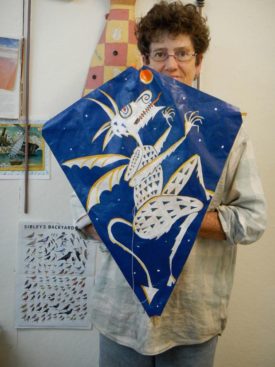 |
| Runnemede Lake Park hand-drawn map 1965 |
Did you know? Over 1,000 Runnemede residents signed a petition to save a special tract of land from a developer and preserve it as “a place of public resort and recreation in perpetuity.” The year was 1965. Residents joined to blaze trails, build bridges as well as a pavilion around a healthy Hirsch's Lake.
Here's the rest of the story
Indian implements, including broken pottery,
unearthed along the present Lakeview Drive, indicate this was the site of an
Indian village. The trails through the park, predating the earliest
recollections, were no doubt originally animal trails used by the Indians after
their arrival.
Long before the dam was built forming the lake,
the portion of Singley Avenue from Bassett Avenue to Hirsch Avenue was part of
the main Indian trail from the Delaware River to the ocean.
Probably many of the skins traded at the Dutch
Fort, Nassau, built 1623 by Captain Cornelius Jacobsen Mey at the mouth of
the Timber Creek, were collected right here. At that time our woods and streams
abounded beaver, otter bear and many other animals. The fact that Fort Nassau
was the first European settlement in the Delaware Valley, remaining 28 years
till 1651, indicates that this was the first area explored by white men.
In 1712 the "Old Cape Road," the first
road to the ocean and Cape May, was laid out along the same Indian trail. The
fresh cool spring water of the stream
no doubt made this a favored drinking spot.
The area remained forest until 1819 when Mr.
Zane built the house which now is 400 Singley Avenue and started
farming. The land was later acquired by John Beakley who sold
the house and 100 acres to William Hirsch Sr. in 1913. Mr. Hirsch
and his bride farmed the land until 1924. Early 1925 he divided the
farm into building lots, just one year before Runnemede was to become
a borough, gaining independence from "Old Centre Township."
The spring of 1927 work was started in a dam
across the stream to form Hirsch Lake. Much of the dirt used in the
dam was carted over by wagon from Evesham Road which was being regraded at the
time.
The "crash" of 1929 struck a
severe blow to many residents of the Borough, not the least of them
was Mr. Hirsch. Most of his property was lost but he managed to save the house,
the area of the park, and a few building lots along Timber Creek. During
the depression years of 1930-1935 the lake was used to breed large mouth bass
and blue gill sunfish which were sold to stock many lakes of private
estates and lodges in the Poconos.
The lake although posted "No Fishing"
could seldom be found without a line dangling in it. The summer sun
ripened the wild strawberries on "Martins Hill" (now Sheppard
Avenue).
At Christmas many homes were decorated with
laurel that grew in dense profusion in the woods. The winter snow made
the "Dead Mane Trail" a formidable sledding course and the frozen
lake attracted skaters from miles around. Never have the woods been
without the sound of children at play.
The present 18 acre park site was purchased from
Mr. Hirsch in 1955 for $15,000. by Mayor Wm. Getty and Borough Council.
August 7, 1956 a resolution was passed setting aside these grounds to be
" to be used as and for public playgrounds and
recreational places," A new dam was constructed and a beach was
cleared for swimming, unfortunately the latter project proved to be costly and
was abandoned.
It was not until 1964, when Borough Officials
considered selling the tract, that there was much recent interest in this area,
except by the children who considered it "their woods."
The contemplation of a housing development replacing the natural beauty of the
lake and woods stirred heated protests. The presentation of 1081
signatures on petitions lead to the rededication of the property "as a
place for public resort and recreation." November 4, 1964,
rescinding Councils earlier action (October 8, 1964) of undedication.
February 9, 1965 a committee was appointed by
Mayor Addezic to draft a master plan for the future development of the
Park. It was during the studies by this committee that its potential as
an outdoor education and recreation area was realized. As planning
continued the idea for development of the Park took shape. The
development by the residents themselves through a series of "work
weekends" and private donations. Local organizations and businesses
joined in, before the summer of 1965 ended two nature trails containing nine
bridges and two picnic groves were completed, the lake had been raised and
stocked with fish and Runnemede Lake Park was well on its way towards
completion.
Historical research by, Harry Marvin of Mullica
Hill, Jack Hurtle and Bill Leap.
This guide was prepared by the Mayor's Advisory
Committee in cooperation with Apex Advertising Company of Runnemede.
Paid for by Runnemede's Camden Trust
Company.
We would like to thank all those who assisted in
making this park possible.
Mayor's Advisory Committee of Runnemede Lake
Park
William W. Leap, Chairman














 When and how did you decide to become a teaching artist?
When and how did you decide to become a teaching artist?


